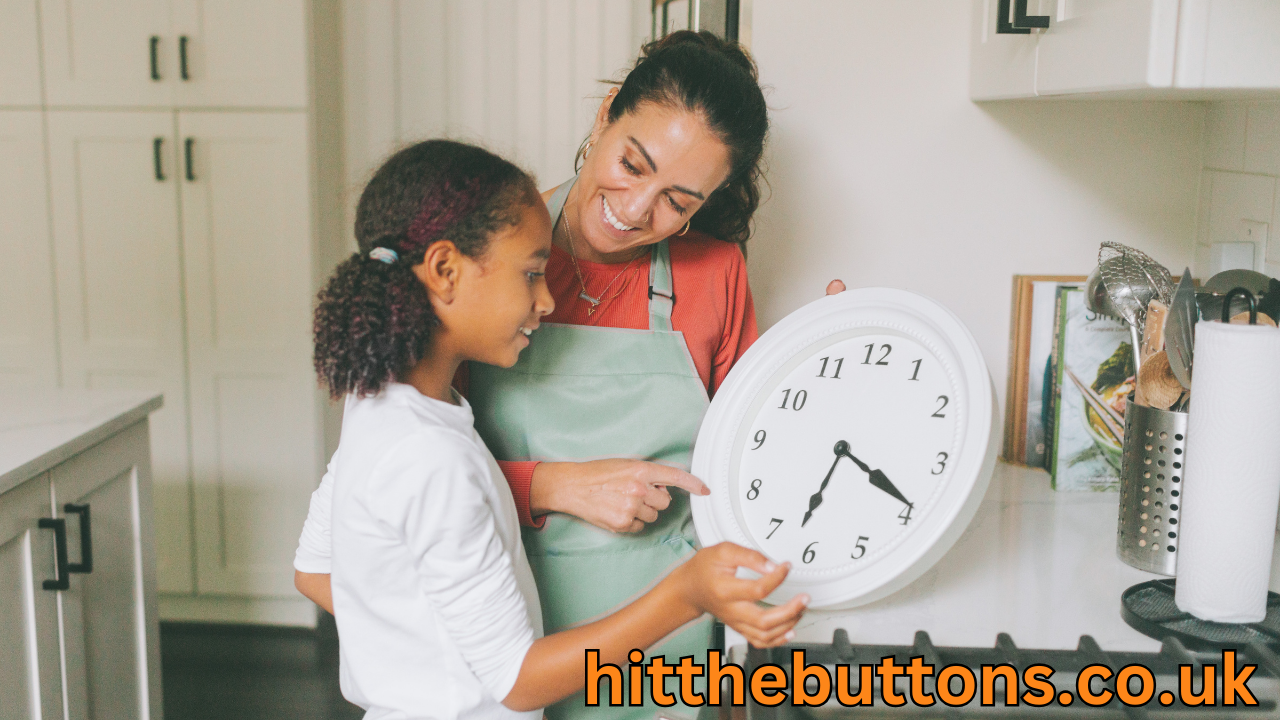Teaching math often sparks frustration for students. Why? Abstract numbers and symbols can feel distant and challenging to grasp. This is where Using everyday objects to teach math concepts as tools comes in handy. From kitchen utensils to toys, these items can bridge the gap between abstract concepts and practical learning.
Why Traditional Teaching Methods Fall Short
Worksheets and textbooks have their place, but they can sometimes feel disconnected from the real world. Integrating familiar items makes math come alive in ways rote memorization can’t achieve. For a fun and interactive approach, you can practise maths with Hit the Button which makes learning both engaging and effective.
Benefits of Using Tangible Tools in Math Lessons
Everyday items add an element of fun and engagement. They transform numbers into something students can see, touch, and manipulate, making lessons more effective.
The Power of Real-World Connections in Learning
How Familiar Objects Enhance Comprehension
Using objects like blocks or coins creates a hands-on experience that resonates with students. They’re not just solving equations; they’re actively engaging with the material.
Making Math Relatable Through Common Items
Teaching math with objects like spoons or balls helps illustrate complex concepts in a context students recognize from daily life.
Everyday Objects as Math Tools
Kitchen Items
Measuring Cups for Fractions
Need to teach fractions? Grab a set of measuring cups. Showing how 1/2 fits into 1 cup is much clearer than diagrams on paper.
Cereal and Candy for Counting and Grouping
Small snacks make excellent counters. Students can group them by twos, fives, or tens while enjoying a treat after the lesson.
Toys and Games
Building Blocks for Geometry
Blocks are perfect for explaining shapes, volume, and symmetry. Ask students to build a cube and count its faces, edges, and vertices.
Dice for Probability
Dice provide a fun way to introduce probability. Rolling them and predicting outcomes keeps things exciting and interactive.
Stationery and Office Supplies
Rulers and Paper for Geometry
Measuring lengths, drawing angles, and creating geometric shapes become straightforward with these tools.
Paperclips for Patterns and Sequences
Linking paperclips can demonstrate patterns, sequences, and even basic addition.
Household Items
Coins for Money Math
Coins are great for teaching addition, subtraction, and the basics of financial literacy.
Shoes and Socks for Pairing and Multiplication
Use pairs of shoes or socks to explain multiplication concepts visually.
Incorporating Everyday Objects into Math Lessons
Engaging Activities for Young Learners
Create playful math challenges with objects like balls or cups. Simple games can introduce addition or subtraction in a lively way.
Problem-Solving Tasks for Older Students
Older students can use items to tackle more advanced problems, like calculating the area of irregular shapes using string or paper.
Interactive Group Projects
Group tasks involving common items foster teamwork while reinforcing mathematical principles.
Advantages for Educators and Parents
Easy Accessibility of Materials
Most of these tools are already at home or in the classroom, making lessons cost-effective and accessible.
Encouraging Creativity in Lesson Planning
These activities inspire educators to step outside traditional everyday methods, promoting innovation in teaching.
Tips for Getting Started
Choosing Objects That Match the Math Topic
Pick items that align naturally with the concepts being taught, whether it’s counting, geometry, or money.
Adapting Activities for Different Skill Levels
Adjust tasks to suit varying abilities, ensuring each student is challenged appropriately.
Challenges and How to Overcome Them
Addressing Limited Resources
Get creative with what’s available. Even a simple stick or stone can be used to explain basic math ideas.
Managing Classroom Dynamics During Hands-On Activities
Establish clear rules to keep activities organized and focused while maintaining a fun atmosphere.
Using everyday objects in math education transforms lessons from abstract to tangible. These tools not only engage students but also deepen their grasp of core concepts. Whether at home or in the classroom, integrating real-world items brings math to life, making learning a more enjoyable journey.
Using Everyday Objects to Teach Math Concepts FAQs
-
How can parents use household items for math practice?
Parents can use kitchen items, toys, or coins for fun and interactive lessons that reinforce schoolwork.
-
Are these methods suitable for all age groups?
Yes, activities can be tailored to suit learners of any age or skill level.
-
What are some cost-effective items to use in math lessons?
Coins, paperclips, and building blocks are excellent, budget-friendly options.
-
How do hands-on tools improve math skills?
They make abstract ideas more tangible, enhancing understanding through practical engagement.
-
Are there risks of over-relying on tangible objects for teaching?
Balancing these tools with traditional methods ensures well-rounded learning experiences.
